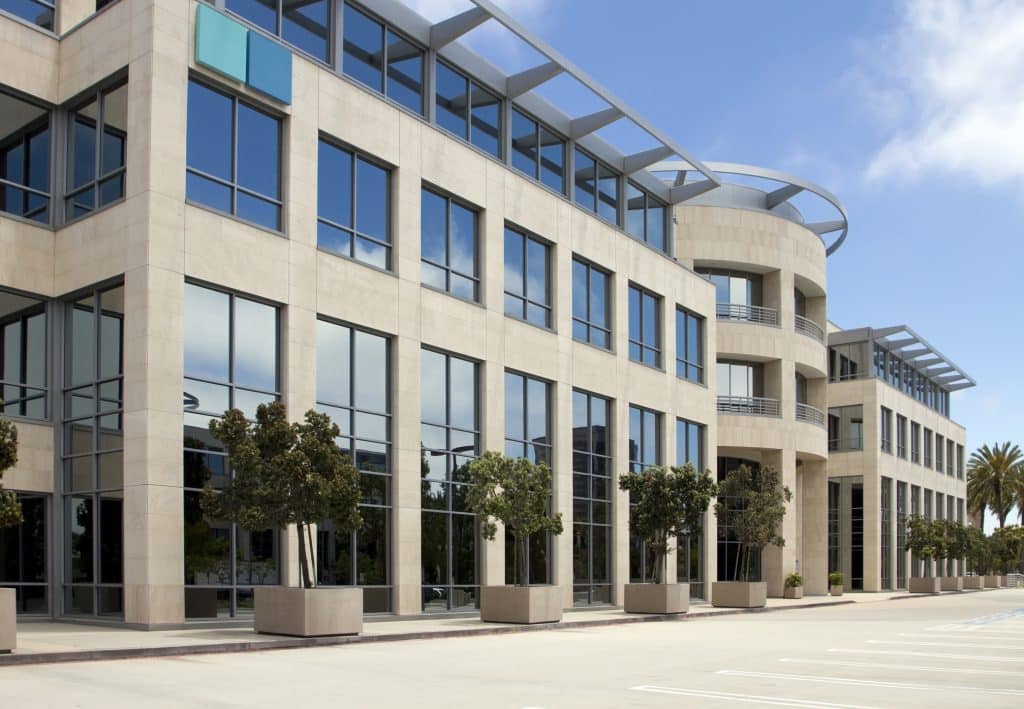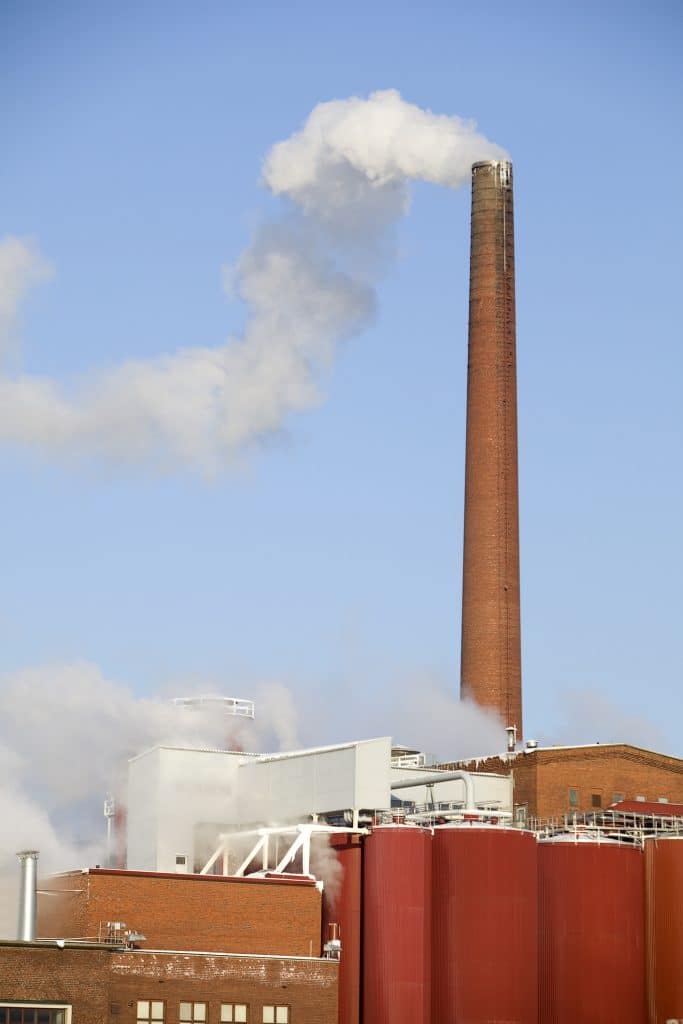
While the number of residential house sales dipped halfway through 2020, the easing of lockdown restrictions was accompanied by an increase in viewings and sales in Britain, France and beyond. Thanks to increased demand for properties outside the capital cities, among other factors, average prices for 2020 showed a slight increase, rather than a decline. For commercial properties on the other hand, 2020 was mostly a year of gloom rather than celebration but the picture varies slightly depending on the specific sub-sector in question since the tenants of industrial facilities, office spaces and hospitality and leisure venues all have been affected differently by the pandemic. While some parts of the sector are showing signs of recovery, the picture overall is one of uncertainty.
Offices
Analysts, business leaders and casual observers alike have noted the ease with which a lot of white-collar work can be done remotely. This does not bode well for landlords with a portfolio weighted in favour of office buildings but as ever, the precise extent of the damage will depend on the market positioning of the properties in question. Low-budget and mid-market office facilities are likely to be less in demand over the coming years; especially in settings where the main attraction to tenants were the ability to keep a high-density layout. Even when over 70% of a country’s population is vaccinated, many employees and commercial tenants may have reservations about working in such an environment.
For prime office spaces, the story is slightly different. High density layouts are likely to be off the cards here too, but for prestigious companies, maintaining a physical presence at a good address can be something of a statement. Those companies that are able to will probably wish to reduce their physical footprint and combine physical presence at a safe distance in the office with remote work. Commercial real estate that enables tenants to do this should continue to be in demand for the foreseeable future.
Retail
The PwC report for retail shows that only 40% of employees in the sector consider themselves able to work from home. The implication that 60% would be unable to do their work remotely is not that demand for retail venues will remain high though, since customers already before the present crisis were turning away from physical retail to online alternatives. Rather than being a completely new development for 2020 and 2021, the value of retail properties was, overall, falling in 2018 and 2019 and landlords specialising in these properties saw their income be reduced.
At the same time, the easing of the most severe lockdown restrictions around May 2020 (depending on the location) saw shoppers return to local businesses, deliberately choosing to support independent retailers. For chains, those that combine an online presence with physical shops – for example by offering click-and-collect services – are likely to continue to fare well and benefit from the best of two worlds. It seems probable though that the pre-Covid trend will continue and that even more venues will have to close. As with office spaces, prime property is poised to fare better, for similar reasons.
Hospitality and Leisure
That bars, cafés and restaurants are among the businesses hardest hit by regulations this year and in 2020 goes without saying. For hotels, the story is mixed. While business travel is unlikely to resume to previous levels, the increased preference for ‘staycations’ may make up for reduced business volumes to some extent. Both the summer of 2020 and this year saw relatively small declines compared to the tourist seasons of 2019 and 2018.
Industrial
Industrial real estate, finally, is a sector that promises good growth. In the present calendar year, manufacturing output declined but the increase in online retail led to an accompanying increased demand for logistics and storage, continuing a trend that was already visible in 2019.

Summing up
Taken together, commercial real estate appears to have done badly in 2020 and 2021, and it seems reasonable to expect that the trend will not reverse instantly in 2022. Office venues that can accommodate social distancing and hybrid working are reasonably well-poised to remain profitable and generate an income for landlords, while high-end retail venues and industrial storage buildings also seem set to continue deliver income.
